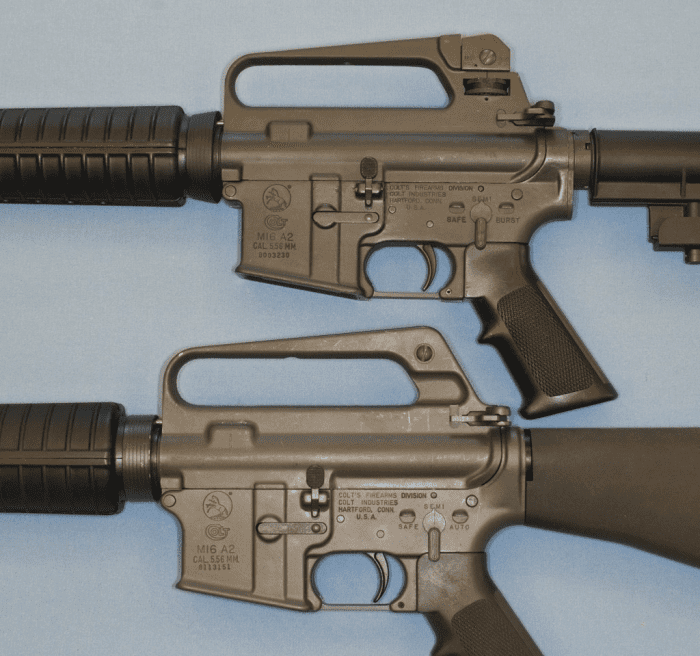Wasn’t trying to put words In your mouth. My bad, that shit is worse then lying.Point is, guns are obviously used solely for killing. And from the fist gun ever made to what we have now, every single gun ever made was designed to kill other people.
EVEN the AR15. But it is no more deadly then a Remington 700 in any caliber. It just ain’t.
Any gun will kill. Some are just more suited to killing as many as possible in as short a time as possible than others. Our military decided that the AR15/M16 format was the most effective for that. I trust their judgement.
Yet you don't ever define what it is about that format that the military favors.
Why don't you ask them? They chose it as the goto military weapon. I trust their judgement.
You've been saying they chose it because it was the best at killing the most people, but you really don't know why they chose it, do you?
I know lots of reasons why they did. The fact that they did is all that matters. If you disagree with their choice, I suggest you contact them.
What reasons?

 After all, with Hope gone and Little Jared on the sidelines, he's liable to blow his top. And if Kelly goes (with my luck today or tomorrow ;-) LOOK OUT.
After all, with Hope gone and Little Jared on the sidelines, he's liable to blow his top. And if Kelly goes (with my luck today or tomorrow ;-) LOOK OUT.
